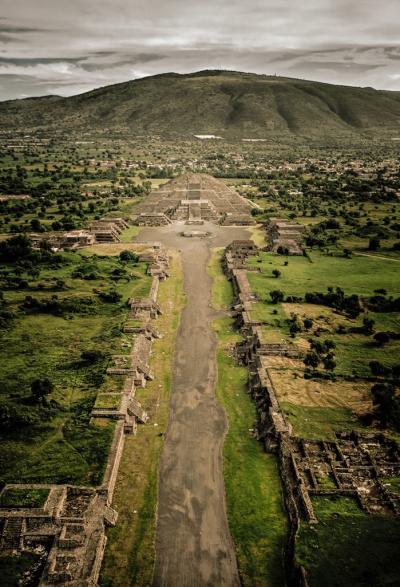
Collective states may have another tendency that can be spotted archaeologically: They attract people from beyond their borders, who bring artifacts that can be linked to other cultures. "When you have a collective formation that's funded by internal resources, it's in the interest of those in government to bring in more people," says Gary Feinman, an archaeologist at The Field Museum in Chicago, Illinois, and a co-author on Blanton's 1996 paper. Economic equality and markets may also attract immigrants to collective societies. "People move where they think there's better opportunity—where they can make a living, where their kids are going to do better than they did. That's always a motivation," Feinman says.
Tlaxcallan was home to several different ethnic groups, many of whom were refugees fleeing Mexica domination, according to the Spanish chronicles. "They were absorbed by Tlaxcallan on the condition that they defend the state," says Aurelio López Corral, the archaeologist who leads Mexico's National Institute of Anthropology and History's work at the site. The best warriors, no matter their ethnicity, were eligible to join the senate—if they could endure the initiation. "It's the opposite of ethnic nationalism," says archaeologist David Carballo of Boston University (BU).
Go to the GEO front page

Add new comment